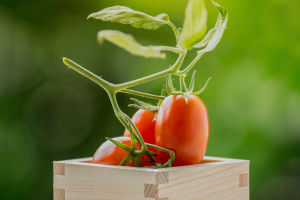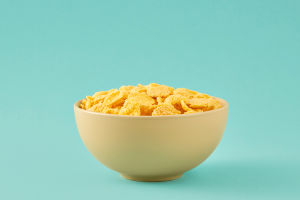Hey Lykkers! There are few things as delightful as a freshly made waffle, with its golden, crispy exterior and soft, fluffy interior.
Whether you enjoy them with maple syrup, fresh fruit, or a dollop of whipped cream, waffles are a versatile treat that can be savored at any time of the day.
But have you ever wondered where waffles come from, or how they became a breakfast favorite? Let’s dive into the delicious world of waffles, exploring their history, varieties, and what makes them so irresistibly tasty!
The History of Waffles
Waffles have a long and fascinating history that dates back to ancient Greece. The earliest form of waffles was called "obelios," a simple flat cake cooked between two hot metal plates. However, it wasn't until the Middle Ages in Europe that waffles began to resemble the grid-patterned delights we know today.
By the 17th century, waffles had become a popular street food in Belgium, where vendors would sell them hot and fresh to eager passersby. They were made with a variety of ingredients, from honey and spices to cheese and herbs. As waffles grew in popularity, they began to spread to other parts of Europe and eventually made their way to the United States in the 18th century.
Types of Waffles Around the World
While the classic waffle is universally loved, different cultures have put their own unique spin on this tasty treat. Here are some of the most popular types of waffles from around the world:
1. Belgian Waffles: Perhaps the most famous of all, Belgian waffles are known for their large size, deep pockets, and light, crispy texture. They’re often served with powdered sugar, fresh berries, or whipped cream, making them perfect for a decadent breakfast or dessert.
2. Liege Waffles: Also hailing from Belgium, Liege waffles are smaller and denser than their Belgian counterparts. Made with a yeast-based dough and chunks of pearl sugar, they have a rich, caramelized flavor and a chewy texture that’s utterly irresistible.
3. American Waffles: American waffles are thinner and have smaller pockets compared to Belgian waffles. They are often made with a batter that includes baking powder, giving them a slightly denser texture. These waffles are commonly served for breakfast with butter, syrup, or fried chicken.
4. Stroopwafels: Originating in the Netherlands, stroopwafels are thin, crispy waffles filled with a layer of caramel syrup. Traditionally, they are placed on top of a cup of hot coffee or tea to soften the caramel and create a warm, gooey treat.
5. Hong Kong Egg Waffles: Known for their unique bubble-like appearance, Hong Kong egg waffles are a popular street food. They’re made with a sweet batter that’s cooked in a special mold, resulting in a crispy exterior and a soft, eggy interior.
6. Pandan Waffles: Popular in Southeast Asia, pandan waffles are made with coconut milk and pandan juice, giving them a distinctive green color and a fragrant, sweet flavor. They are often enjoyed as a snack or dessert.
The Art of Making the Perfect Waffle
Making a perfect waffle requires the right balance of ingredients, technique, and a bit of love. Here’s how you can make delicious waffles at home:
1. Choose the Right Batter: Depending on the type of waffle you want, the batter can vary. For Belgian waffles, use a yeast-based batter for a light, airy texture. For American waffles, a batter with baking powder will give a slightly denser but still fluffy texture.
2. Preheat Your Waffle Iron: A hot waffle iron is key to achieving that crispy exterior and fluffy interior. Make sure to preheat it thoroughly before pouring in the batter.
3. Don’t Overmix the Batter: Overmixing can result in tough waffles. Mix the ingredients until just combined to keep the batter light and airy.
4. Add Toppings: Get creative with your toppings! Fresh fruit, nuts, whipped cream, chocolate chips, or a drizzle of maple syrup can take your waffles to the next level.
The Healthier Side of Waffles
While waffles are often thought of as a decadent treat, they can also be made healthier with a few simple swaps. Consider using whole wheat flour instead of white flour for added fiber, or swap out some of the sugar for natural sweeteners like honey or maple syrup. Adding ingredients like oats, chia seeds, or even grated vegetables can boost the nutritional profile of your waffles without sacrificing flavor.
Whether you enjoy them for breakfast, brunch, or dessert, waffles are a delicious way to start or end your day. With their rich history, diverse varieties, and endless topping options, there’s a waffle out there for everyone. So, the next time you’re in the mood for something special, whip up a batch of waffles and enjoy a little slice of culinary happiness!


